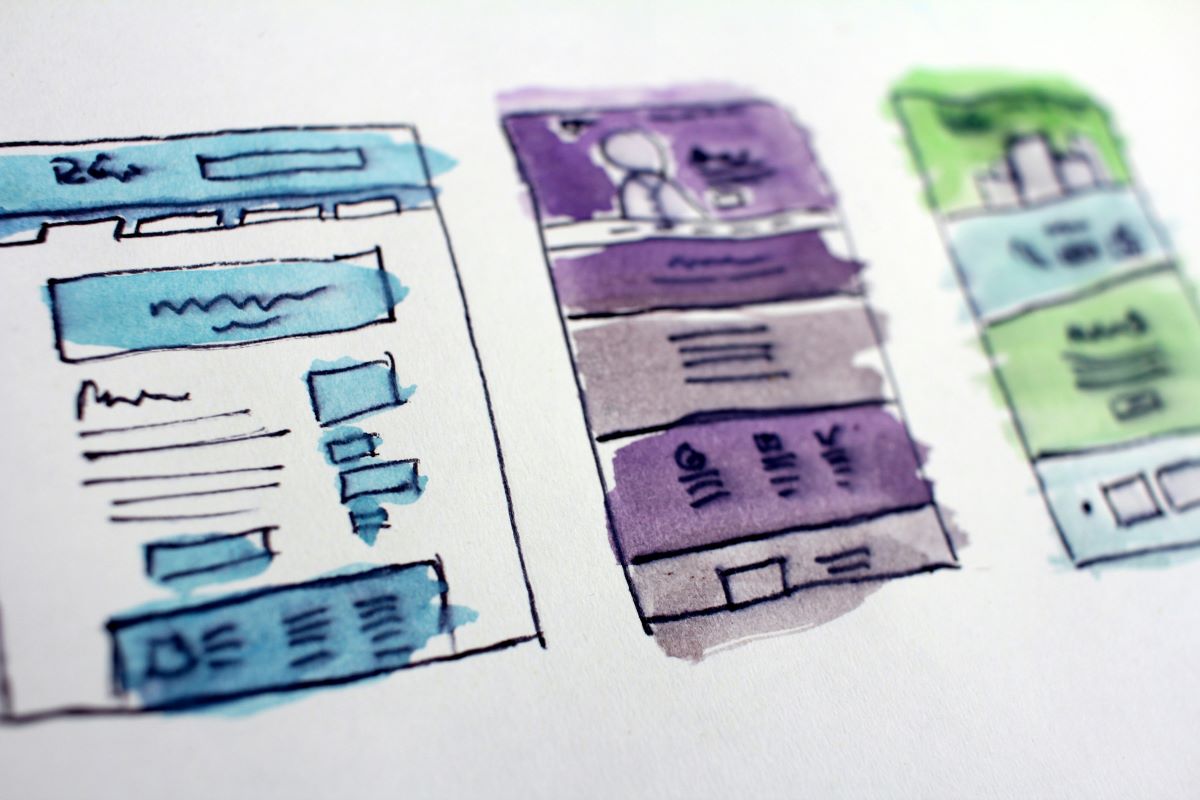Emotional Design: Connecting with Consumers Through Thoughtful UX/UI
In the bustling digital marketplace, where countless products and services compete for attention, simply offering functionality is no longer enough. Consumers crave experiences that resonate on a deeper level. They seek connections that move beyond transactions, building bonds rooted in empathy, understanding, and delight. This is where emotional design comes into play, transforming interfaces from mere tools into meaningful touchpoints. By weaving emotional cues and psychological principles into a UI/UX program, designers can craft experiences that not only meet user needs but also evoke desired feelings, fostering loyalty and advocacy.
Emotional design is about understanding the human element in digital interaction. It’s about recognizing that users are not just clicks or data points, but individuals with emotions, motivations, and aspirations. A thoughtfully designed UI/UX program can tap into these drivers, making interfaces feel intuitive, engaging, and human. This approach goes beyond usability to create experiences that are memorable, impactful, and capable of building lasting brand relationships.
- Leveraging Visual Aesthetics to Evoke Desired Feelings
Visual design is the first touchpoint between a user and a digital product. Colors, typography, imagery, and layout all shape the emotional tone of an experience. Carefully chosen palettes can trigger emotions—trust and stability with blues, energy and passion with reds, or calm and nature with greens. Typography sets personality and tone, ranging from playful to authoritative. High-quality imagery can spark aspiration, relatability, or whimsy.
Likewise, layout and composition influence perception. Minimalist designs often instill focus and calm, while dynamic, layered structures spark energy and engagement. By intentionally combining these elements, designers can create interfaces that both captivate visually and resonate emotionally. For example, a finance app with soft blues and clean lines inspires trust, while a gaming platform with bold colors and dynamic graphics heightens excitement.
2. Incorporating Storytelling to Create Meaningful Narratives
Humans are hardwired for stories. Narratives help us make sense of the world, connect with others, and find meaning in our experiences. By incorporating storytelling into UX/UI design, designers can create compelling narratives that engage users and build emotional connections. This can be achieved through various techniques, such as using micro-interactions to tell a story about a user's progress, creating onboarding experiences that guide users through a narrative journey, or using visual storytelling to highlight the benefits of a product or service.
For instance, a fitness app might use a narrative of personal transformation, showing users how their efforts are contributing to their journey. A travel website could incorporate stories from past travelers, inspiring users to embark on their own adventures. By weaving compelling narratives into the user experience, designers can create a sense of purpose and connection, making users feel like they are part of something bigger than themselves. This creates a lasting impact that transcends simple functionality.
3. Designing for Delight Through Micro-interactions and Animations
Delight is a powerful emotion that can transform a mundane interaction into a memorable experience. Micro-interactions and animations play a crucial role in creating delightful moments within a user interface. These subtle interactions, such as a button animation that provides feedback or a loading animation that entertains, can add a touch of personality and playfulness to the user experience. They can also provide subtle cues and feedback, making interactions feel more intuitive and responsive.
Consider a social media platform that uses a heart animation when a user likes a post, or an e-commerce site that uses a playful shopping cart animation when an item is added. These small details can have a significant impact on user engagement and satisfaction. By incorporating thoughtful micro-interactions and animations, designers can create experiences that are not only functional but also enjoyable and memorable. This attention to detail demonstrates a commitment to user experience that resonates emotionally.
4. Building Trust Through Transparency and Authenticity
Trust is essential for building strong relationships with users. In the digital age, where privacy and security are paramount, transparency and authenticity are crucial for establishing trust. Users want to know that their data is being handled responsibly and that the products and services they are using are genuine. Designers can build trust by being transparent about data collection practices, providing clear and concise information about product features and benefits, and showcasing authentic user reviews and testimonials.
Furthermore, communicating honestly about potential issues or limitations can strengthen trust. For example, a software company that acknowledges a bug and provides a timeline for resolution demonstrates accountability and transparency. By prioritizing transparency and authenticity, designers can create experiences that feel trustworthy and reliable, fostering a sense of security and confidence among users. This fosters long term loyalty.
5. Personalizing the User Experience to Create a Sense of Belonging
Personalization is about tailoring the user experience to individual needs and preferences. By personalizing content, recommendations, and interactions, designers can create a sense of belonging and make users feel valued. This can be achieved through techniques such as using user data to provide relevant recommendations, customizing content based on user preferences, and offering personalized support and assistance.
For example, a streaming service that recommends movies and TV shows based on a user's viewing history creates a more engaging and personalized experience. An e-commerce site that offers personalized product recommendations based on browsing history and purchase behavior can increase sales and customer satisfaction. By prioritizing personalization, designers can create experiences that feel tailored and relevant, fostering a sense of connection and belonging. This makes each interaction feel unique and valued.
6. Designing for Empathy and Accessibility
Empathy is the foundation of emotional design. By understanding and addressing the needs of diverse users, designers can create experiences that are inclusive and accessible. This involves considering factors such as accessibility for users with disabilities, cultural sensitivity, and language preferences. Designing for empathy means putting yourself in the shoes of the user and understanding their unique challenges and perspectives.
For instance, providing alternative text for images, using clear and concise language, and ensuring that interfaces are compatible with assistive technologies are all essential for creating accessible experiences. By prioritizing empathy and accessibility, designers can create interfaces that are not only functional but also inclusive and welcoming. This creates a digital space that feels open and accepting to all users, regardless of background or ability.
Find a Future in UX and UI Today
In today's competitive landscape, mastering emotional design is crucial for building lasting relationships with consumers. If you're an industry leader looking to enhance your team's UX/UI capabilities, consider the accelerated UX/UI online program offered by the WorkForce Institute. The WorkForce Institute is a valuable asset for organizations seeking to upskill or reskill their workforce in modern UX/UI best practices. Our intensive bootcamp provides hands-on training and real-world projects, equipping students with the skills and knowledge needed to create impactful user experiences that resonate emotionally. Invest in your team's future and unlock the power of emotional design with the WorkForce Institute.
At WorkForce Institute, we help professionals turn creativity into career impact. From UX/UI bootcamps to AI upskilling, digital marketing certifications, and AI for Software Engineers Bootcamp, our hands-on programs prepare you to design experiences that truly connect with users. Explore our career services and start building skills that drive innovation and opportunity.


